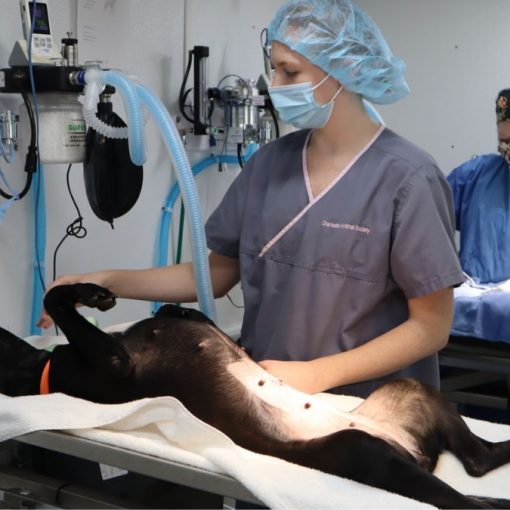By Ellie Whitcomb Payne
It’s not proper to judge a woman by the color of her hair (insert blonde joke here), but what about our feline friends? A group of researchers recently found that coloring can in fact clue you in to the potential for aggressiveness in cats of certain hues. The findings, published in Journal of Applied Animal Welfare Science (Stelow, Bain, & Kass, 2015), seemed to indicate that calicos, tortoiseshells, black-and-white, and gray-and-white colored cats exhibit aggressive behavior more frequently than cats of different colors.
There are longstanding assumptions about cats based on appearance: torties and calicoes have attitude; black cats are wild and scary; orange cats are friendly. The online survey in the Stelow et al. (2015) study aimed to quantify these perceptions in direct relation to cat guardians’ observations about their pets’ behaviors. Respondents were asked to describe their cats using one of 10 color categories, then answer a series of questions about the cats’ actions in certain situations. The intent of the study was not shared with participants and, in the end, the statistical analysis included 1,274 cats from all over the world.
The respondents’ answers indicated that tortoiseshell, calico, and tortie females had a higher score in human aggression than all other females combined. Black-and-white males showed more aggressive behavior towards humans than all other males combined. Aggression while handling was observed more often with tabbys, calico/torties, and gray-and-white cats. Indoor or outdoor living conditions, being spayed or neutered, or living with other cats did not appear to have a bearing on behavior. An interesting finding of the study showed any correlation of coat color and aggression went away following visits to the vet’s office.
The researchers concluded that there may be some truth in the contention that the almost exclusively female calico tends to be hard to handle, but recognizes that while “coat colors may be associated with aggressive behavior in the cat… the differences are relatively minor.”





